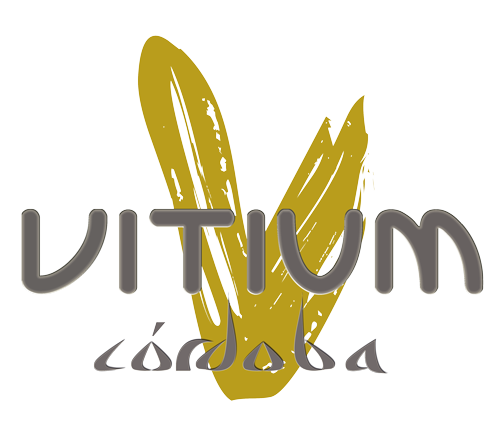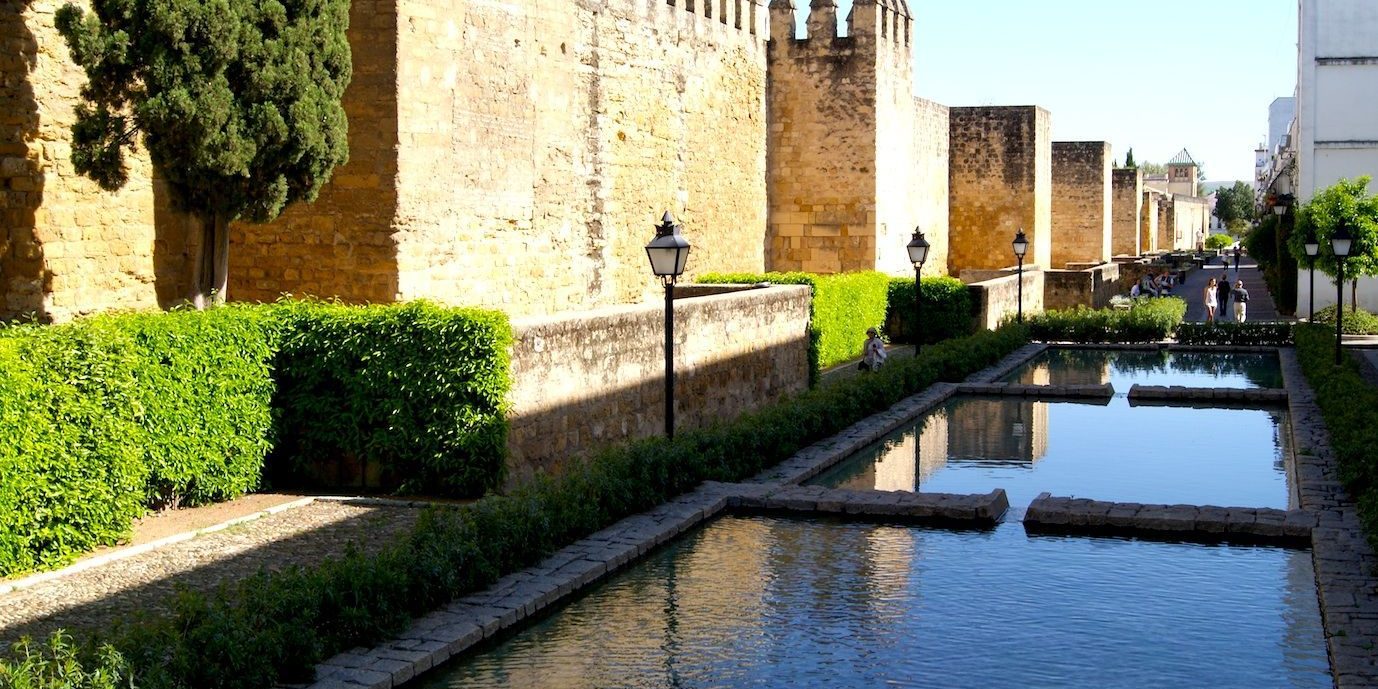Day 1:
Start the day admiring our most precious monument, the Mezquita-Catedral of Córdoba. It is the most important monument in the Islamic West and one of the most amazing in the world. Its history summarizes the complete evolution of the Omeya style in Spain, as well as the Gothic, Renaissance and Baroque styles of Christian construction.
It is open every day of the week and from Monday to Saturday (except holidays or religious holidays) it is free from 8.30 am to 9.30 am. If you do not want to get up early or if one hour is not enough time, the entrance with ticket is from 10.00 am to 6.00 pm in winter or 7.00 pm in summer.
At the same ticket office you can rent an audio guide for your visit. If you are interested in a guided tour, do not hesitate to ask us during your stay.
When you leave the Mezquita-Catedral, enter in the barrio de la Judería, with its winding streets where you can get lost and find yourself. Don’t be in a hurry and walk through its streets enjoying every corner or square that appears on your way.
In the Judería you can visit the Sinagoga, the Capilla Mudejar de San Bartolomé, the Zoco, the Casa de Sefarad and the Casa Andalusí. In addition you shouldn´t miss the calleja de las Flores, the calleja de la Luna, the calleja de la Hoguera (where there is currently a Mezquita that functions as such) and the calleja del Pañuelo (the narrowest street in Córdoba).
At sunset cross the Roman Bridge, until you reach the Torre de la Calahorra. The views from the other side of the river are truly beautiful.
Day 2:
Start the day visiting the Alcázar de los Reyes Cristianos, where practically all the cultures that have passed through the city, from Roman times to the present, have intervened and inhabited. You can walk through the fortress and its manicured gardens. In addition, if you prefer, there is also a night visit (Magical Nights at the Alcázar) where there is a show of light, sound and water in the fountains.
On the way out, and just in front of the Alcázar, you will find the Baños Califales. These baths or hammam, adjacent to the disappeared Alcázar omeya, to which they certainly belonged, were possibly the most important of the city. They were built under the califato Alhakem II and form a group of rooms with ashlar walls. They are closed with vaults (where the characteristic star-shaped skylights appear), supported by ultra semicircular arches on capitals and marble columns.
After the baths we suggest a walk through the neighborhood of San Basilio or the Alcázar Viejo. It is in this neighborhood where you can find the famous Cordoban courtyards all year. There is a route of 5 courtyards that are representative of the rest of the courtyards that open during the competition in May that you can visit for 5€.
In the afternoon head towards the actual neighborhood of the Axerquía. There you will find the Plaza del Potro, which owes its name to the fountain that presides over it. Here you will find the Museum of Julio Romero de Torres and the Museum of Bellas Artes of Córdoba.
From the Potro, along the Calle Armas we arrive at the Plaza de la Corredera. Its current rectangular layout and arcaded with arches in its lower part, connects this construction with those made in the castellanas cities, which makes it the only one of its kind in Andalucía. In the past it was used as a bullring, preserving even today an alley called Toril. In it have been held acts of faith, proclamations and executions during the French Invasion. Today it is a perfect place to have a beer in any of its terraces.
Day 3:
We suggest you spend the morning in a palatial city, Medina Azahara: the magnificent and mysterious city that Abd-al Rahman III ordered to build at the foot of Sierra Morena, eight kilometers from Córdoba capital.
Our recommendation is that you take a guided tour, but if you don´t like it, the museum has a very interesting explanatory video that introduces you very well in the history of what you are going to see in the ruins.
If you have a car, we will show you the way during your stay. If not, in the different tourist offices you can buy the ticket to go there by bus. They have a regular service that leaves every day at 10.15h or 11.00h in the morning.
In the afternoon we will go to the center of the city. From the Hostal you can take bus n.12 to Plaza de Colón. From there it is a five minute walking to the Palacio de Viana, whose rooms are developed around twelve magnificent courtyards and a fantastic garden. You can buy a ticket only for the courtyards or also visit the interior of the palace.
On the way out, we will walk until we reach the Cuesta del Bailío and Plaza de Capuchinos, where the Cristo de los Faroles is located. If you can, visit this area at the sunset or at night, as it has more charm than during the day.
From here you can walk up Alfaros street to the Roman Temple next to the Town Hall. Now go up Capitulares street and you will find the main square of the city, the Plaza de las Tendillas. It is one of the favorite meeting places for locals and visitors and around it you have all the shopping streets so it always has a lot of life.

